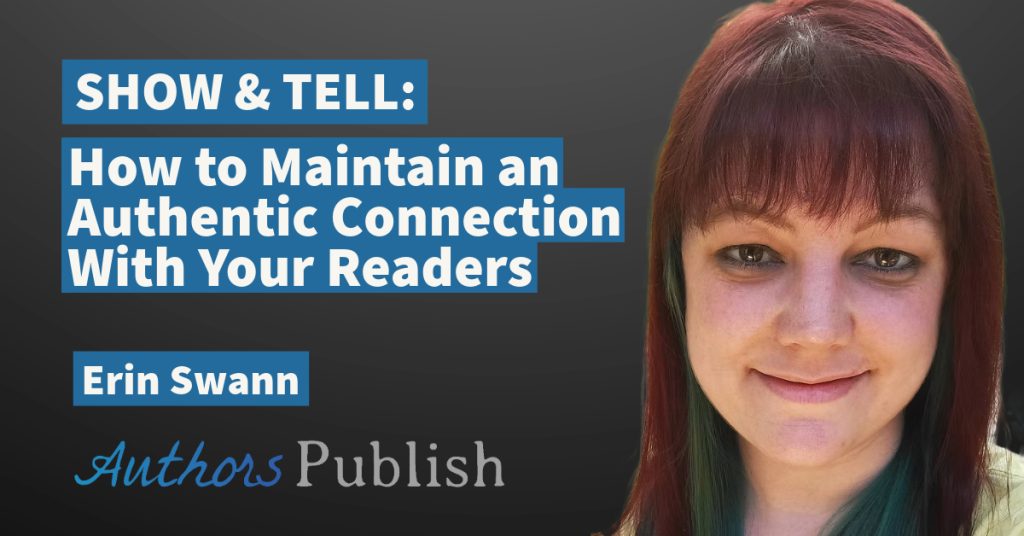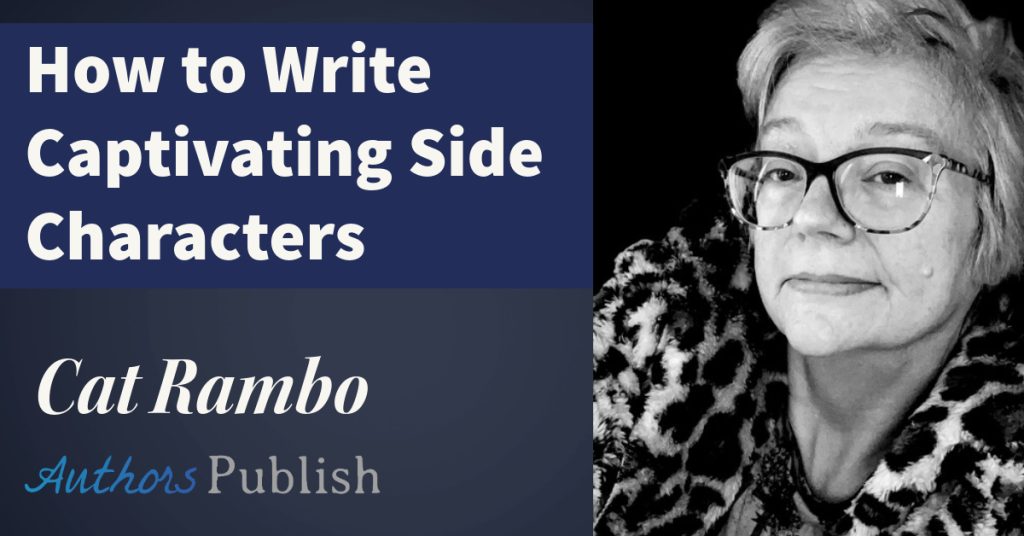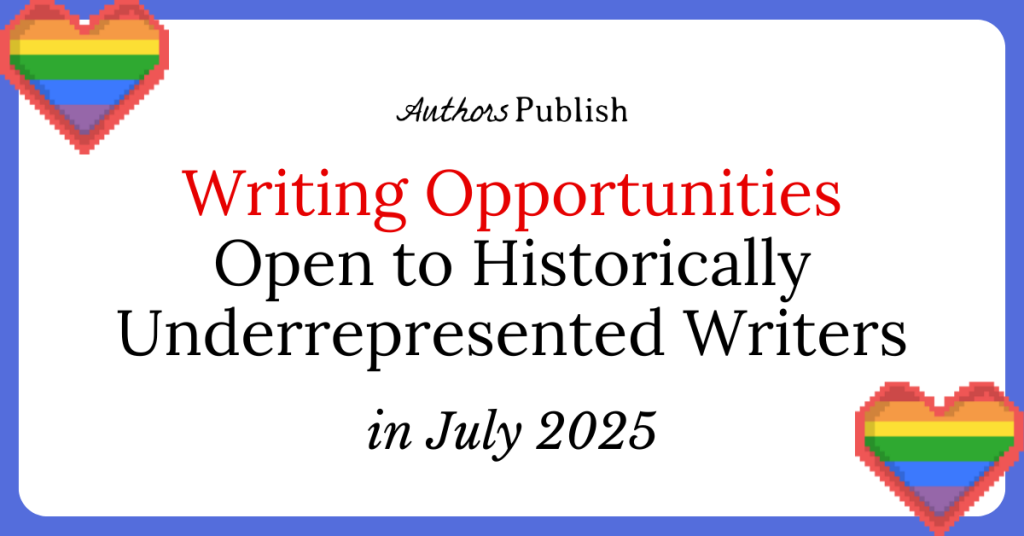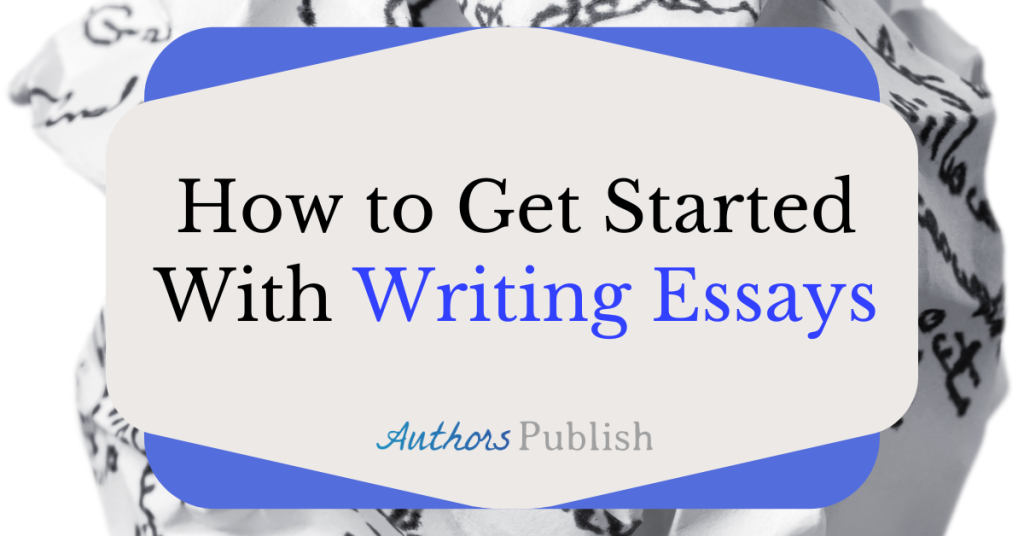Chapbooks are very small books, usually no more than 30 pages in length, 50 at the most. They frequently have no spine and are often bound with staples. They have been around for a long time, at least since the 16th century, when they were associated with fiction, but now they almost always function as a vehicle for poetry.
There are a number of presses and literary journals that publish chapbooks either through open submissions or through social contacts. Also a lot of poets self publish chapbooks. Self-publishing your chapbook is not considered to be the same as self-publishing a book. It does not have a lot of the same stigmas surrounding it. In the poetry world, a writer is often looked down upon if they have self-published a manuscript of their poems for sale, it is seen as an act of vanity. Yet self-publishing a chapbook is seen as a positive thing, a way to share your poems with others.
One of the reasons this distinction is made between books and chapbooks is that all the material that you put in a chapbook can be re-published later on as part of a larger collection as long as you publish no more than 500 copies of the chapbook. Another reason is that a chapbook is simple and cheap to make. You can almost give them away for free and most chapbooks are sold for between 3 and 7 bucks.
Poets that start writing outside of an established community, as I did, do not always see the need for chapbooks. When I was in my second year of graduate studies, my fourth or fifth year as a serious writer of poems, I finally started to understand the function and purpose of chapbooks. I realized that a lot of the writers I enjoyed I had initially discovered through their chapbooks. Many of these were purchased on a whim, before I later committed to buying a whole book (or two).
A famous poet later explained it to me like this: a chapbook is your calling card, it is a way for someone to get a much better feel for the poetry that you write, and it is also a stepping stone, a way to get that much closer to publishing a full manuscript. Because most poets’ first books take over a decade to get published, if you are working within the traditional system of contests and open reading periods, it is good to publish a chapbook or three, while refining that manuscript and submitting it. A chapbook is a great way to get your name out.
I have published three chapbooks now, both through chapbook publishers. I chose to go that route because both publishers were familiar with my work and approached me. So both times my work was solicited. My first chapbook opened so many doors for me. I ended up selling a fair number of copies and doing several important interviews because of them. A copy of my chapbook is at Poet’s House in NY and another is at a local library. Those are small steps of course, but they are steps forward that have lead to other greater opportunities.
My advice to most poets who are interested in publishing a chapbook is to gather up a small number of poems, between 10 and 25, that are thematically linked and put them together as a chapbook manuscript. Then find a few chapbook publishers with open reading periods that do not charge, and submit the manuscript. If no one accepts your manuscript you can easily self publish it, then you will have something to give to your friends and sell at readings.
What follows is an annotated list of publishers open to chapbook submissions.
Keep in mind that most chapbook publishers are small, not-for-profit, one-person companies. They are not huge organizations and a lot of them are regional publishers, special interest publishers, or are only open for a short reading period. Not all of the publishers listed here are currently open to submissions, so mark your calenders if that is the case. Many publishers charge reading fees. However, I think it is perfectly fine to pay those fees as long as you get something in exchange. For example, a copy of the winning chapbook, a chapbook they have previously published, or an anthology.
It is also good to note that unless explicitly stated, all submissions can be made electronically.
They publish poetry by queer and trans-identified people. They accept chapbooks and full-length manuscripts on a rolling basis. They offer author copies plus royalties.
This press publishes four to six poetry chapbooks a year plus a free literary journal. They are open to submissions in March. Payment to author is ten copies plus fifteen percent of royalties on sales. The print run is between a hundred and two hundred copies.
Letterpress, lithograph, and screen print all used by this micro-press for their covers. Interior pages are printed regularly. Poetry, prose, and graphic narrative manuscripts are accepted. They publish four to ten titles per year. They are generally open to chapbook submissions in January, and in July they accept micro-chapbook (eight to ten pages) submissions. They have a print run of two hundred and they give authors ten copies and a discount on additional ones.
Ugly Duckling is one of the most prestigious chapbook publishers. They publish beautiful books, but they tend to lean towards pretentious work. If you sign up for their mailing list, they will email you an alert when they re-open to submissions. They have rolling submission periods.
This small press publishes chapbooks, micro chapbooks and full length works. They have reading periods for each length of work. You can see the books and chapbooks they’ve previously published here.
A press that publishes books and chapbooks by Black, Brown, and Asian writers. Because they are a British press they refer to chapbooks as pamphlets.
A small publisher of chapbooks with an open reading period, usually in the fall. They may have an additional one earlier this year according to a blog post.
Based out of India and publishing a range of authors and forms, including short prose and Japanese short form, this press, run by the tri-annual literary journal Sonic Boom, publishes chapbooks and mini chapbooks. They have two reading periods a year.
Emily Harstone is the author of many popular books, including The Authors Publish Guide to Manuscript Submissions, The 2019 Guide to Manuscript Publishers, Submit, Publish, Repeat, and The Authors Publish Guide to Children’s and Young Adult Publishing.
She occasionally teaches a course on manuscript publishing, as well as a course on publishing in literary journals.






